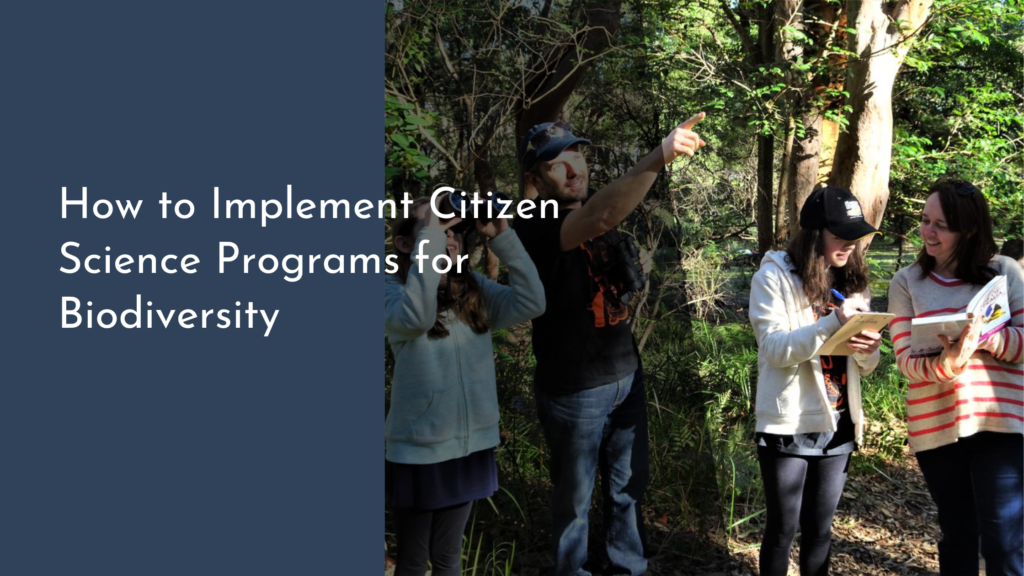How Climate Change Impacts Wildlife Protection
In recent years, climate change has become one of the most pressing issues of our time, with significant implications for ecosystems and the wildlife that inhabit them. As temperatures rise and weather patterns become more unpredictable, the natural habitats of countless species face unprecedented threats. However, with awareness and proactive efforts, we can mitigate these impacts and ensure the preservation of biodiversity for generations to come. This article explores how climate change affects wildlife protection, the challenges faced by conservationists, and innovative strategies being implemented to safeguard our planet’s rich diversity.
Understanding Climate Change and Its Effects
Climate change, primarily driven by human activities, leads to global shifts in temperature, precipitation patterns, and sea levels. These changes create a domino effect, disrupting natural ecosystems and altering the delicate balance of life. For instance, rising temperatures can cause polar ice caps to melt, leading to habitat loss for species such as polar bears and penguins. Similarly, warmer oceans result in coral bleaching, threatening the vibrant marine life that relies on these underwater ecosystems for survival.
Moreover, climate change exacerbates extreme weather events such as hurricanes, droughts, and wildfires, further endangering wildlife. These events can devastate habitats, making it difficult for species to find food, water, and shelter. The shifting climate also forces some species to migrate to new areas, where they may face increased competition and predation, thereby impacting their survival rates. Understanding these effects is crucial for developing effective conservation strategies that address both the immediate and long-term threats posed by climate change.
Key Challenges in Wildlife Conservation
One of the primary challenges in wildlife conservation is the loss and fragmentation of habitats due to climate change. As natural landscapes transform, species struggle to adapt at the rapid pace required. Fragmented habitats can isolate populations, reducing genetic diversity and increasing vulnerability to diseases. This phenomenon is particularly evident in forest ecosystems, where deforestation and habitat degradation are compounded by climate-induced changes.
Additionally, wildlife conservation efforts are often hindered by a lack of resources and funding. Many conservation organizations operate on limited budgets, making it challenging to implement large-scale projects or respond quickly to emerging threats. Furthermore, political and social barriers can impede conservation efforts, particularly in regions where economic development is prioritized over environmental protection. These challenges underscore the need for collaborative, cross-sectoral approaches to effectively address the multifaceted impact of climate change on wildlife.
Innovative Strategies for Protection
Despite these challenges, conservationists worldwide are developing innovative strategies to protect wildlife amidst climate change. One such approach is the creation of wildlife corridors, which connect fragmented habitats and allow species to move more freely between them. This strategy not only promotes genetic diversity but also provides safe passage for animals as they adjust to changing environments. By integrating natural elements like vegetation and water sources, these corridors can become havens for a variety of species.
In addition to wildlife corridors, technology plays a pivotal role in modern conservation efforts. Satellite imagery and remote sensing are used to monitor ecosystems, track animal movements, and assess the health of habitats. These tools enable conservationists to gather data with unprecedented accuracy and efficiency, facilitating informed decision-making. Moreover, community-based conservation programs empower local populations to participate in protecting their natural resources, fostering a sense of stewardship and collaboration.
Embracing a Brighter Future for Wildlife
Looking ahead, embracing a brighter future for wildlife requires a commitment to sustainable development and reducing carbon footprints. By prioritizing renewable energy sources, enhancing energy efficiency, and promoting sustainable agricultural practices, we can mitigate the impacts of climate change on wildlife habitats. Public awareness campaigns and educational programs can also play a vital role in encouraging individuals and communities to adopt eco-friendly habits.
Furthermore, global cooperation and policy support are essential for creating a comprehensive framework for wildlife conservation. International agreements like the Paris Agreement highlight the importance of collaborative efforts to combat climate change, with specific provisions for biodiversity protection. By uniting governments, organizations, and individuals in a common cause, we can create a resilient future where wildlife thrives alongside human development.
The challenges posed by climate change on wildlife protection are significant, but they are not insurmountable. Through innovation, collaboration, and a shared commitment to sustainability, we can safeguard the diverse species that inhabit our planet. By taking concrete steps today, we ensure that future generations inherit a world rich in biodiversity and vibrant ecosystems. The journey to a brighter future for wildlife may be complex, but with a collective effort, it is undoubtedly achievable.

